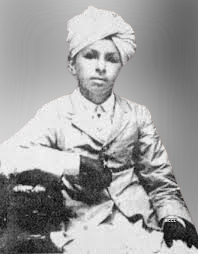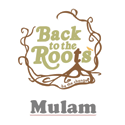Bhagat Singh

I start his biography with one of his slogans.
They may kill me, But they cannot kill my ideas. They can crush my body, but they will not be able to crush my spirit.
He is one of the most influential superpatriots of the Indian Independence movement. He is often referred to as ‘Shaheed’ Bhagat Singh.The word Shaheed refers to a martyr
The Life of Bhagat Singh:
He was born on the 28th of September 1907 in Lyallpur district in a Jat Sikh Punjabi family to Kishan Singh Sandhu and Vidyavati Kaur. His family is patriotic, and members of his family have participated in the Indian independence movement. His ancestors hailed from the village of Khatkar Kalam in the Nawanshahr district of Punjab.
Bhagat Singh was enrolled at the Dayanand Anglo Vedic High School, an Arya Samaj institution. Many incidents took place in his childhood days. These incidents provoked his patriotism to feel and desire to take up the struggle for India’s independence.
The Jallianwala Bagh Massacre took place under the supervision of General Dyer, where hundreds of people were killed without warning by soldiers. This incident shook his body and mind. He took part in the Non Cooperation Movement led by Mahatma Gandhi in 1920.
The Role of Bhagat Singh in the Indian Freedom Movement
In the year 1922, he joined the Young Revolutionary Movement, advocating the violent overthrow of the British Empire in India. He was attracted to anarchist and Marxist ideologies.
He was involved in many revolutionary organisations through the ranks of the Hindustan Republican Association, and gradually he changed the name of the Association to the Hindustan Socialist Republican Association. He was fluent in English, Urdu, Punjabi, and Sanskrit languages.

Lala Lajpat Rai’s death and the murder of Saunders
The Simon commission was created in 1928 to report on the political situation in India at that time. A nonviolent protest against the commission was led by Rai, which was a silent march in 1928. When they responded violently, there was an assault on Rai, who was grievously injured and died on November 17th, 1928.
With this incident, he vowed and took revenge by plotting against Scott. Unfortunately, there was a mistake in the identity of the jail goal signalled by Bhagat Singh on the appearance of John P. Saunders, who was an ACP. Saunders was shot by Rajguru and Bhagat Singh while leaving the district police headquarters on December 17th, 1928.
On April 8th, 1929, Bhagat Singh and Dutt threw 2 bombs inside the assembly, shouting the slogan “inquilab Zindabad‘ and heaped leaflets which stated it takes a loud noise to make the deaf hear.
Finally, on March 23rd, 1931, the trio of Bharat Singh, Sukhdev, and Rajguru , collected evidence against killing Chanan Singh and Saunders and sentenced them to death by hanging. They secretly cremated the three martyrs under the cover of darkness and threw their ashes into the Sutlej river. Many young people were inspired by him and participated in the Indian Independence Movement. Gandhi faced black flag demonstrations by angry youths.
Biography
- Born: September 28, 1907
- Place of advent: Village Banga, Tehsil jaranwala, Punjab now in Pakistan district Lyallpur
- Parents: Kishan Singh (father), Vidyavati Kaur (mother).
- Educational background: D.A.V. High School, Lahore, National College, Lahore
- Organisations: Naujawan Bharat Sabha, Hindustan Republican Association, Kirti Kisan Party, Kranthi dal
- Political ideologies:Socialism, Nationalism, Anarchism, Communism
- Religious Beliefs: Sikhism
- Publications:Why I Am An Atheist An Autobiographical Discourse, The jail Notebook, and other writings, ideas of Nation
- Death: Executed on March 23, 1931.
- Memorial:The National Martyrs’ Memorial, Hussianwala, Punjab

